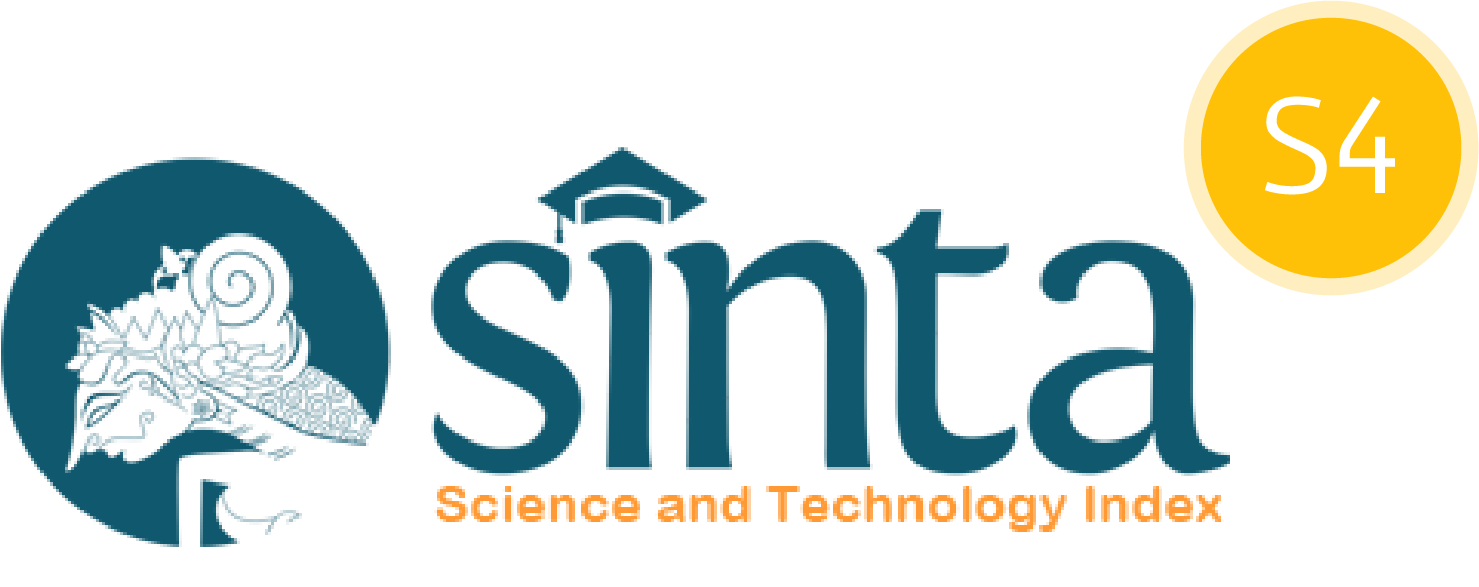Implementasi Data Mining Pada Klasifikasi Ketidakhadiran Pegawai Menggunakan Metode C4.5
DOI:
https://doi.org/10.31294/coscience.v1i1.198Keywords:
Absence, C4.5 Algorithm, Data Mining, Rapid Miner 5Abstract
Not all employee absences have reasons that are always labeled as bad. There is also an absence that can be tolerated by an agency or company, where these reasons are acceptable reasons, for example, due to illness, or certain permits that are considered reasonable and of course have a certain period so that it is not too difficult for the party where he works. The research objective is to determine the extent to which the C4.5 algorithm can help the classification calculation to find solutions so that employee works productivity increases. To find a solution so that employee work productivity increases requires certain techniques and methods, namely by classifying data mining using the C4.5 Algorithm. For data processing to get good results, Rapid Miner 5 Tools are used. The C4.5 algorithm is a type of classification rule in Data Mining. The importance of a classification rule can be determined by two parameters, namely Entropy and the highest Gain. After testing, the results obtained from the C4.5 Algorithm have an accuracy of 81.08%.
Downloads
References
Ardyan Pratama, H. L. (2016). Implementasi Data Mining Menggunakan Metode Deskripsi Untuk Menemukan Pola Absensi Di Badan Kepegawaian Daerah Kota Semarang. Data Mining, 15(3), 207216.
Christiana, M. B. (2013). Organizational Behaviour. In Organizational Behaviour. Educreation Publishing. https://doi.org/10.4324/9780203857595
Hermawati, F. A. (2005). Data Mining Data mining. In Mining of Massive Datasets (Vol. 2, Issue
January 2013). Andi Offset. https://www.cambridge.org/core/product/identifier/CBO9781139058452A007/type/book_part
Ichsan, Syahru, T. . (2013). Sistem Pendukung Keputusan Pemilihan Penerima Beasiswa Mahasiswa Kurang Mampu Pada Stmik Budidarma Medan Menerapkan Metode Profile Matching. Pelita Informatika Budi Darma, 5(1), 2.
M Anbarasi, E Anupriya, N. C. S. N. I. (2010). Enhanced Prediction of Heart Disease with Feature Subset Selection using Genetic Algorithm Enhanced Prediction of Heart Disease with Feature Subset Selection using Genetic Algorithm. International Journal of Engineering Science and Technology, 2(10), 53705376.
Mutoi Siregar, A., & Puspabhuana, A. (2018). Data Mining: Pengelolaan Data Menjadi Informasi dengan RapidMiner (1st ed.). CV. Kekata Group. https://books.google.co.id/books?id=rTlmDwAAQBAJ&printsec=frontcover&hl=id#v=onepage&q&f=false
Nofriansyah, D. (2014). Konsep Data Mining Vs Sistem Pendukung Keputusan (1st ed.). DEEPUBLISH.
Wahbeh, dkk. (2011). A Comparison Study between Data Mining Tools over some Classification Methods. International Journal of Advanced Computer Science and Applications, 1(3). https://doi.org/10.14569/specialissue.2011.010304
Widodo, P. P., Handayanto, R. T., & Herlawati. (2013). Penerapan Data Mining dengan Matlab. In Rekayasa Sains. Rekayasa Sains. www.biobses.com
Yuli Mardi. (2014). Analisa Data Rekam Medis Untuk Menentukan Penyakit Terbanyak Berdasarkan International Clasification Of Disease (ICD) menggunakan Decesion Tree C.45 (Studi Kasus RSU. CBMC Padang. UPI YPTK Padang, 213219.
Downloads
Published
Issue
Section
License
Copyright (c) 2021 Computer Science (CO-SCIENCE)

This work is licensed under a Creative Commons Attribution-NonCommercial-ShareAlike 4.0 International License.






















